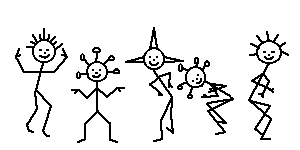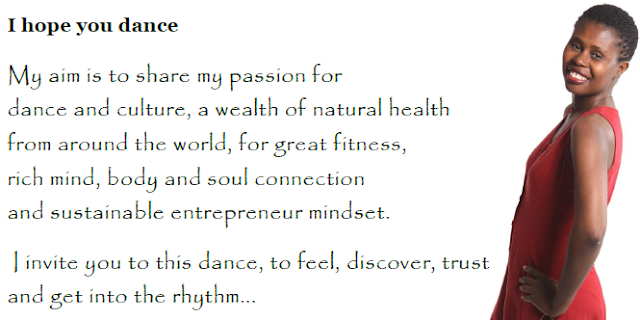 |
| Uniquely designed for the female body, with an emphasis on abdominal muscles, hip and chest moves. |
 |
| A celebration of the female spirit and a physical display of the strength and beauty of women |
In the early days, this dance was performed by women in the Middle East and North Africa, with mystical and ritualistic character.
About these days we can only guess, because the material on the subject is scarce.
Unlike other dances such as Flamenco, Tango, Forro, Charleston or Ballet, this ancient dance does not have an official name.
Originally, the dance was known as Raqs el Sharqi (Dance of the East or Eastern Dance in Arabic), or only as Oriental Dance. The term we know, Belly Dancing, originated from the French Danse du Ventre, probably acquired by the impact that the sinuous hip movements had in the conservative Victorian society.
Despite this, Raqs el Sharqi is more than just hip movements, it involves gentle movements of the arm, interpretation, sensuality, lightness, grace and self-esteem.
 |
 |
| Tribal Fusion Belly Dance One of many styles on this journey |
As it has been spreading and developing over time and regions, it incorporated elements from every corner of the world, making the Middle Eastern Dance earn a unique charm in each place.
We can observe unique styles of dance, added from the social, psychological, emotional and cultural needs of the countries in which it is practiced.
Even the traditional belly dance costumes that we know are a scenic incorporation, that is, it was idealized to fit the stage of cabarets of the countries of East and West when the fever of Orientalism exploded.
 |
| The Women's Dance through time, from traditional to contemporary |
 |
| Sword dance |
Hence, the dance has absorbed the armed and elegant arms, the arabesques, turns, posture, and many other things that are essential to form what we now know as Belly Dance.
There are lots of folkloric dances that are included in the repertoire of a Belly Dancer, such as: Shamadan (chandelier), Khaleegee, Saidi, Hagallah, Meleah Laff and Zar
.
These are not considered "Bellydance", but a dancer who knows them has an increased knowledge of the Arabic cultures and a richer variety of performances.
Despite some disagreement about the origins of this art, all seem to agree on one point: the dance that is practiced today, probably is the last vestige of the rites of the priestesses in the Middle East.
Please take a moment to tell me about your observations or any particular comment you may have.
Share freely...
I'm Turenne / Tilarenn. I welcome you warmly in this journey through dance, path of the universal wellness that is conscious movement, with inspirations to fully stir our vital energy and dance your soul.
 |
| Dance, stir your vital energy and Be in every moment! |
The author: Asmahan
About me: Turenne ° Portrait
VIEW: In each text, capture the vital and creative energy that best convey soul dance for your delight.
Let us Hear you in a comment below...
Let us Hear you in a comment below...


No comments:
Post a Comment